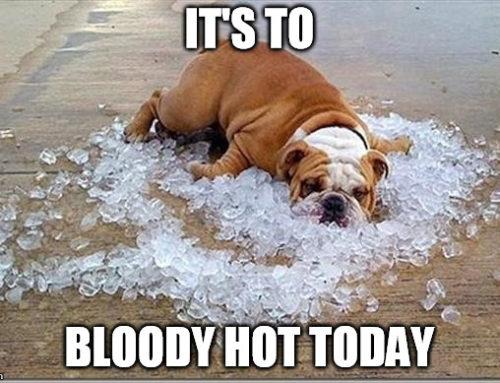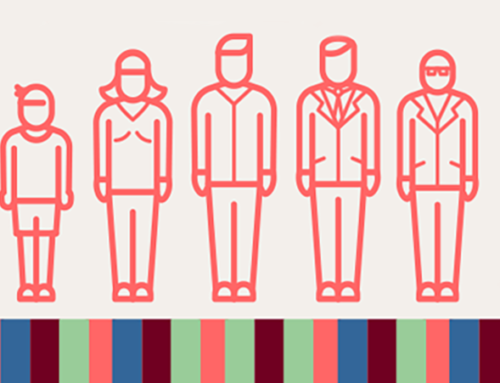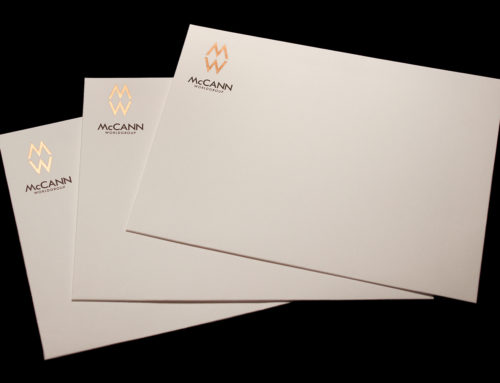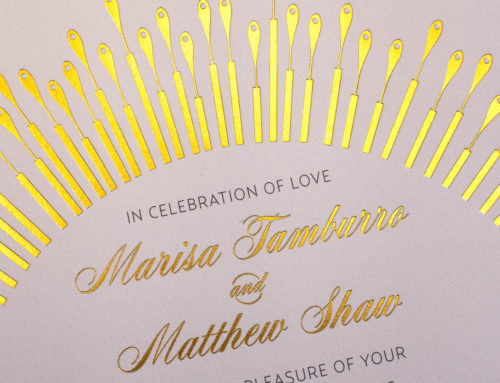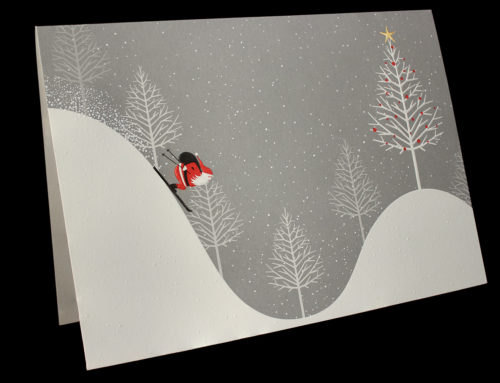
Brian Coale, creative director/marketing manager at Casey Printing & Marketing, looks at the age old challenge of getting color right and tips that can help for Paperspecs.com
“The color will never be right. Ever.” So says Brian Cole in the following Paper Insight, reminding us that the fundamentals of design continue to trip us up over and over again. “Why doesn’t the @#! hue on my computer screen match the @#! hue on the printed page,” you ask? Cole gets past all the gnashing of teeth over this phenomenon and actually explains why this is indeed the case.
One of the 1st things to understand is the fundamental difference in color when viewed on a monitor versus a printed page: Additive Color versus Subtractive Color
- Additive Color is mixing the light of two or more colors – key word LIGHT. The colors on a computer screen are created by adding red, blue and green light together. When they are all added at their highest intensities together they create white light.
- Subtractive Color is mixing two or more inks, pigments, dyes or paints together. It is a process that begins with white (the paper) and ends with black. As you add color the result gets darker and tends towards black. The colors that we see on the surface of the media are the colors that were not absorbed. The colors we see are also effected by the ambient light and the color of the substrate among other things.

So how do you make the color right? Short answer, you don’t. Trying to get the color you’re printing to look exactly like the color on your screen is a wasted effort, and I don’t want you to have to toil, sweat and gnash your teeth over it. Just accept that you are comparing apples to oranges. They’ll never look the same, and they’ll never taste the same.
So what is someone to do ? To learn Brian’s tips read the full article here.


